33 photos of Google's rise from a Stanford dorm room to world domination
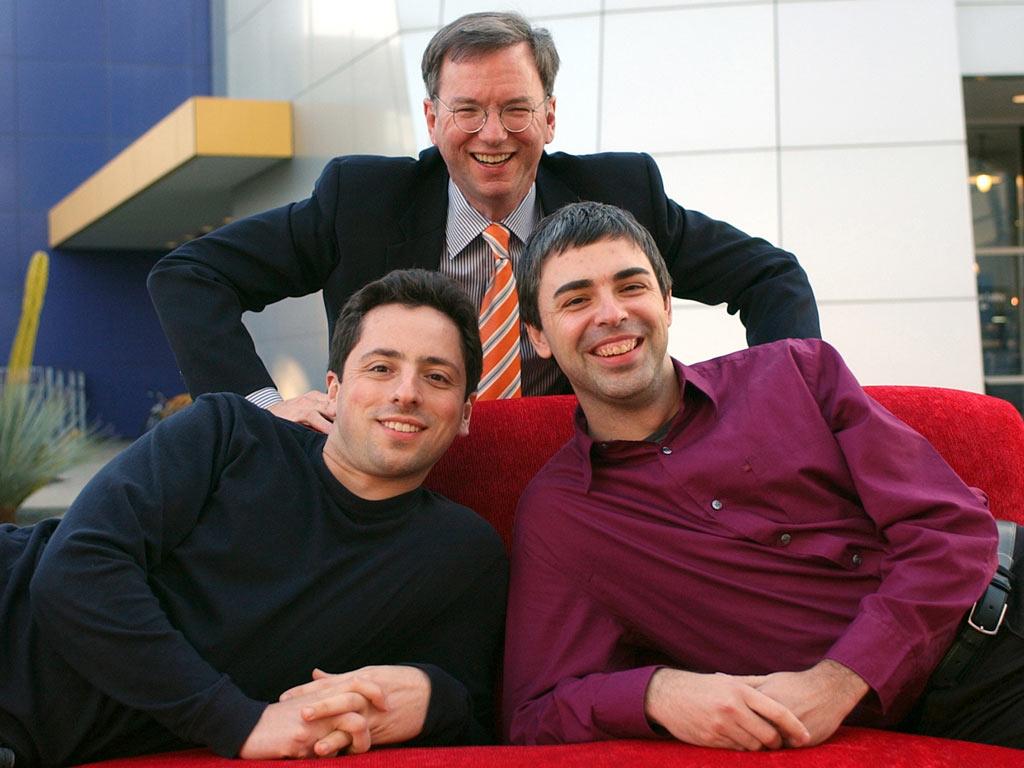
Google is a global superpower.
Not only is Google the most-visited website in the world — it also makes Google Android, the most popular operating system in the world.
And on the back of Google's incredibly profitable advertising business, its parent company Alphabet is worth $543.3 billion.
But it wasn't always that way.
Here's a look at the history of Google, from its roots in a pair of Stanford dorm rooms, to Larry Page and Sergey Brin's attempt to sell the company, all the way through the explosive announcement that Google was becoming Alphabet.
Google got its start in 1996, when two Stanford PhD students named Sergey Brin and Larry Page had the idea for "BackRub," a revolutionary search engine that used a technology called "PageRank" that would rank web pages based on how many other web pages linked back to them.
Page and Brin's first office was actually their two Stanford dorm rooms. The "BackRub" name didn't last long, as they decided that a "googol," or the number one with a hundred zeroes after it, better reflected the amount of data they were trying to sift through. The slightly friendlier name "Google" was chosen for the fledgling company.

The first-ever Google server was built in a custom case made out of Legos and housed on the Stanford campus. At first, it was just at google.stanford.edu, but the Google.com domain name was registered on September 15th, 1997.
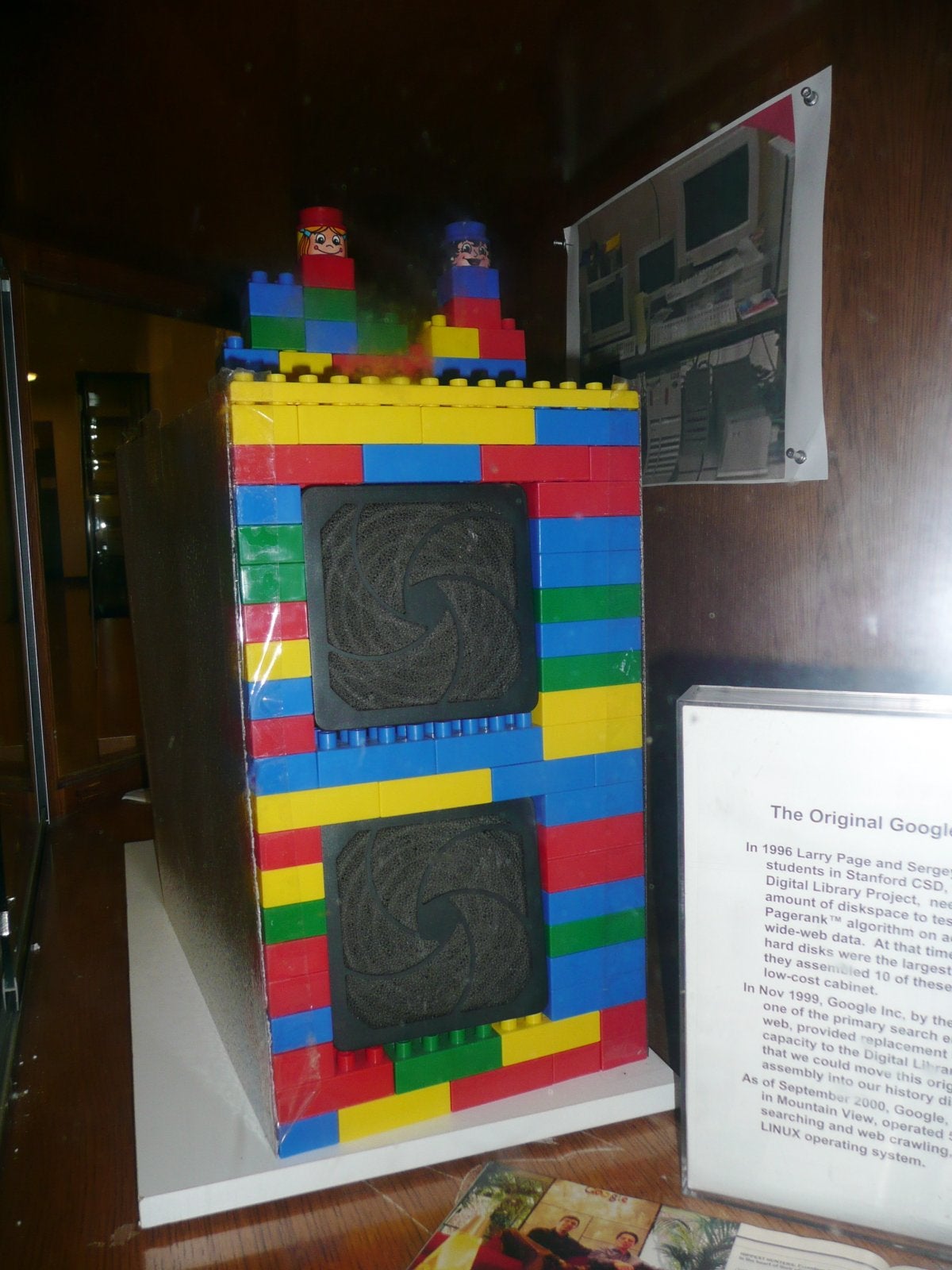
Eventually, Google drained too much of Stanford's bandwidth, and the IT department kicked them out. Page and Brin relocated the fledgling company in the garage of future Google employee and YouTube head Susan Wojcicki.
Around the same time they moved into the garage, Brin and Page got a crucial $100,000 seed investment from Sun Microsystems founder Andy Bechtolsheim. With funding in hand, Google officially incorporated in their garage headquarters on September 4th, 1998.
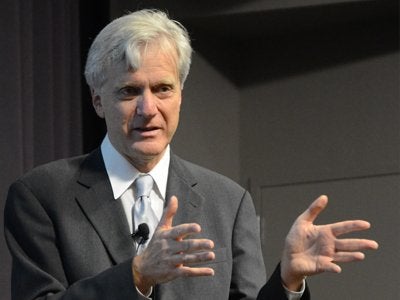
Google's first homepage was not much of a looker. Neither Page nor Brin had much expertise with the website programming language HTML, choosing to focus their efforts on the algorithms that made it run.
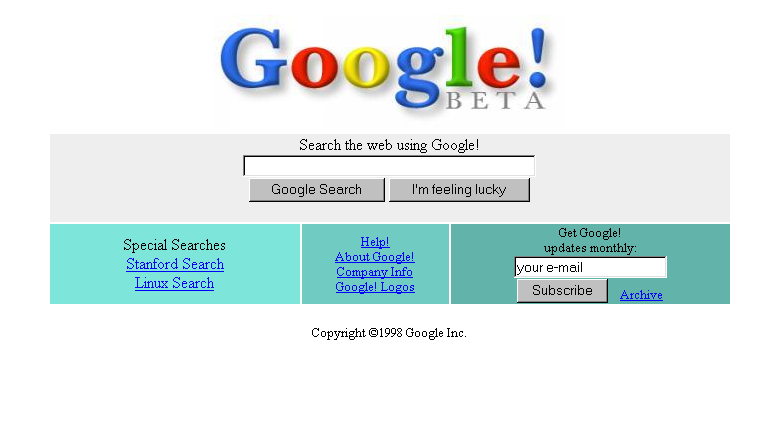
At one point in 1999, Google was almost acquired by Excite, a leading search engine at the time. Excite would have acquired Google for $750,000 in cash, Excite's then CEO George Bell has said. But the the deal fell through for reasons that are still debated, and Google continued on its own.
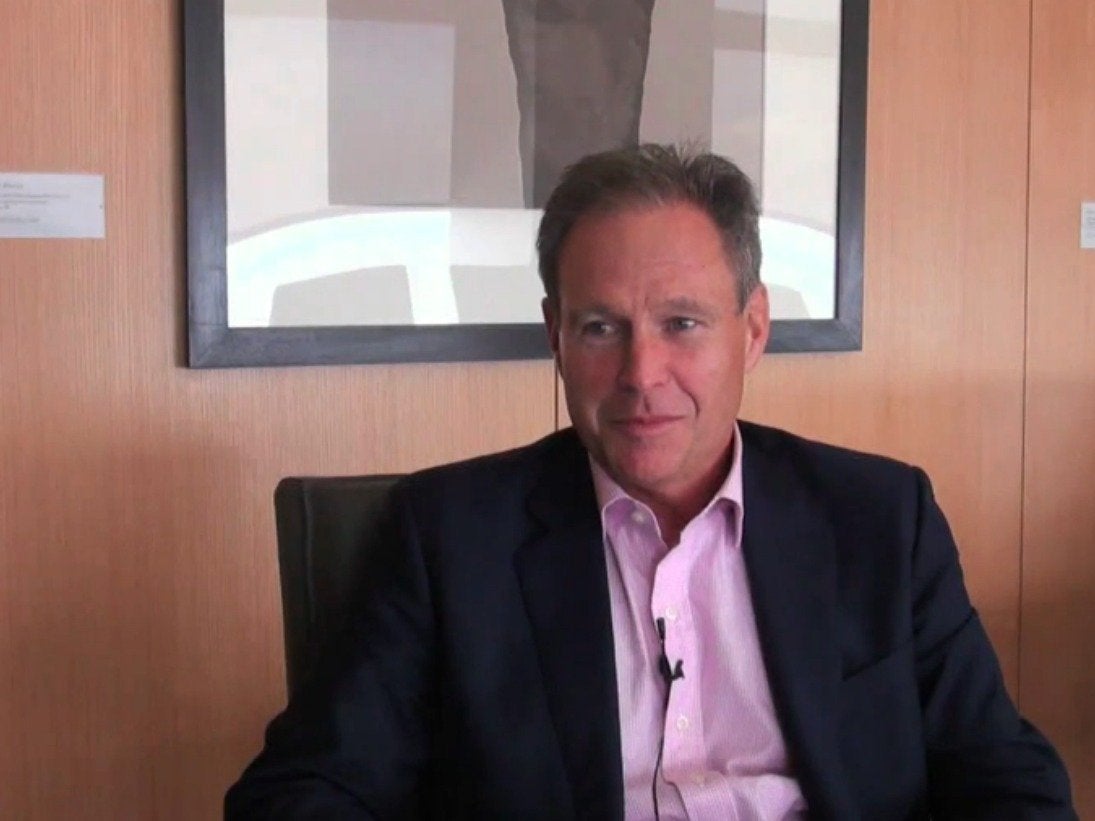
Page and Brin decided to make it a business, after all. In March of 1999, Google moved into its first-ever office at 165 University Avenue in Palo Alto — the same office building that housed companies like PayPal and Logitech.
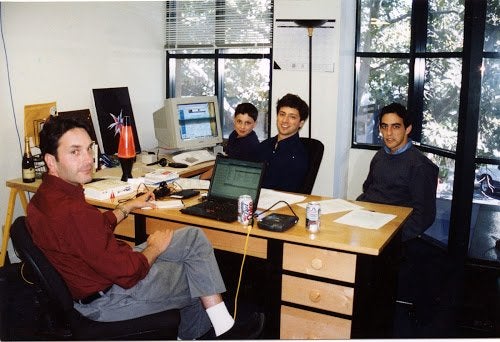
Not long after, Google raised its first round of venture capital funding in the form of a $25 million investment from Kleiner Perkins Caufield and Byers and Sequoia Capital. That probably bought its developers a lot more beer.

Google debuted its AdWords product in late 2000, enabling businesses to buy ads related to search terms. By this point, Google was already rising in popularity as a search engine, so it had a steady revenue stream that kept it going through the dot-com burst that claimed so many startups.
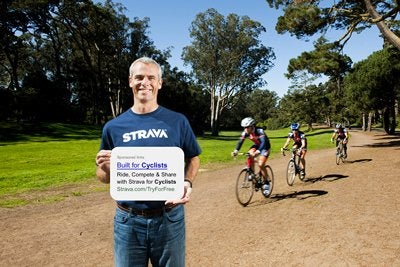
Google's star was definitely on the rise, and Brin and Page were becoming rock stars in the tech community for succeeding where everybody else failed.

Around the time it started making money in 2000, Google adopted its famous, but unofficial, corporate philosophy: "Don’t be evil. We believe strongly that in the long term, we will be better served — as shareholders and in all other ways — by a company that does good things for the world even if we forgo some short term gains."

At investor Sequoia's urging, Brin and Page brought on Eric Schmidt as the company's first CEO in 2001, leaving the founders free to focus on Google's technology.
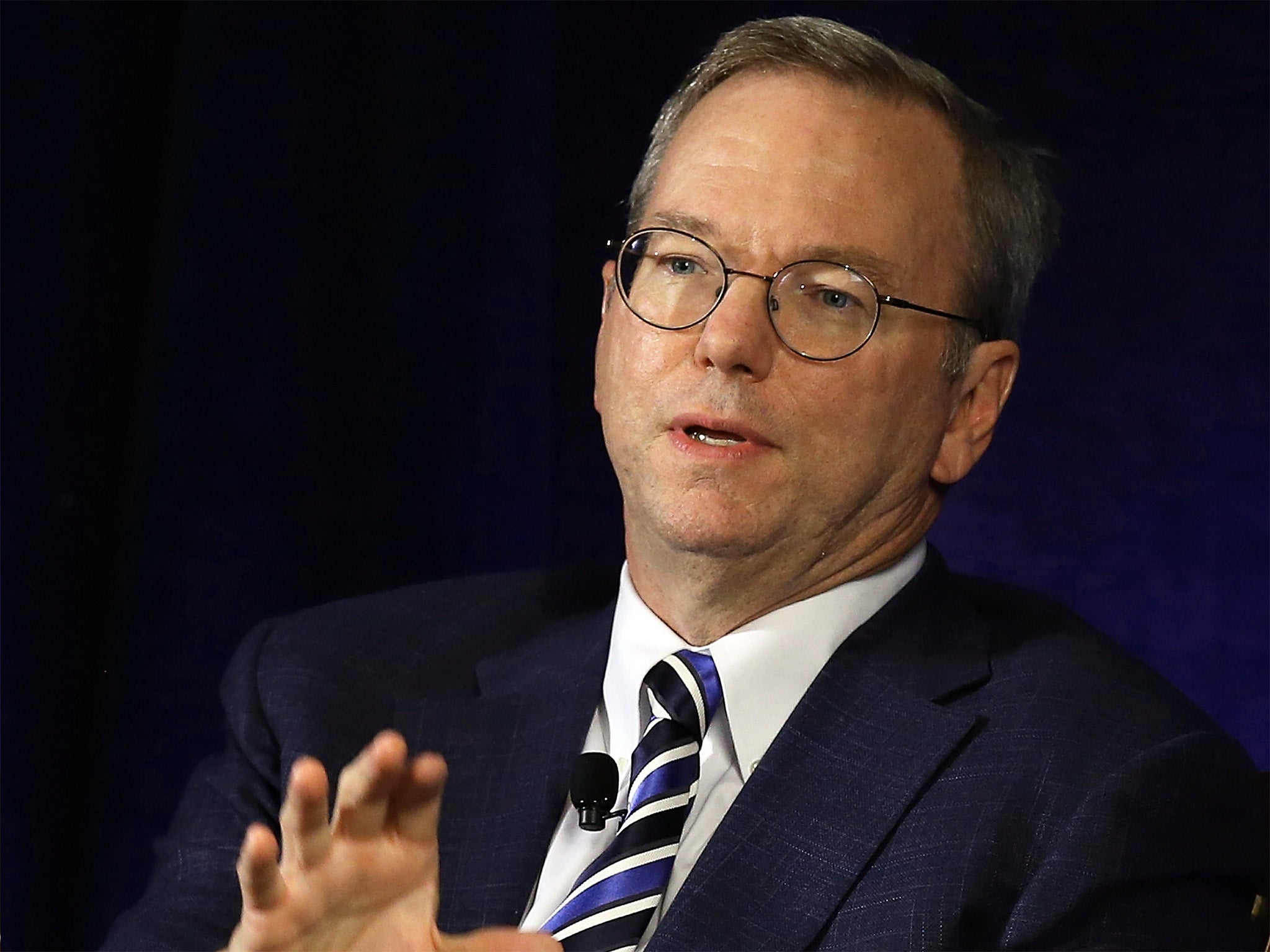
By this point, the Google team was growing out of its Palo Alto offices. So in 2003, Google leased its now-famous Googleplex campus from ailing, old-school tech giant Silicon Graphics International. By 2006, Google was able to buy the Googleplex outright.

The Googleplex became a symbol of Silicon Valley success. Google worked hard to make it a little more whimsical than your average campus. The original main campus building is well-known for having a slide that connects the first two floors.
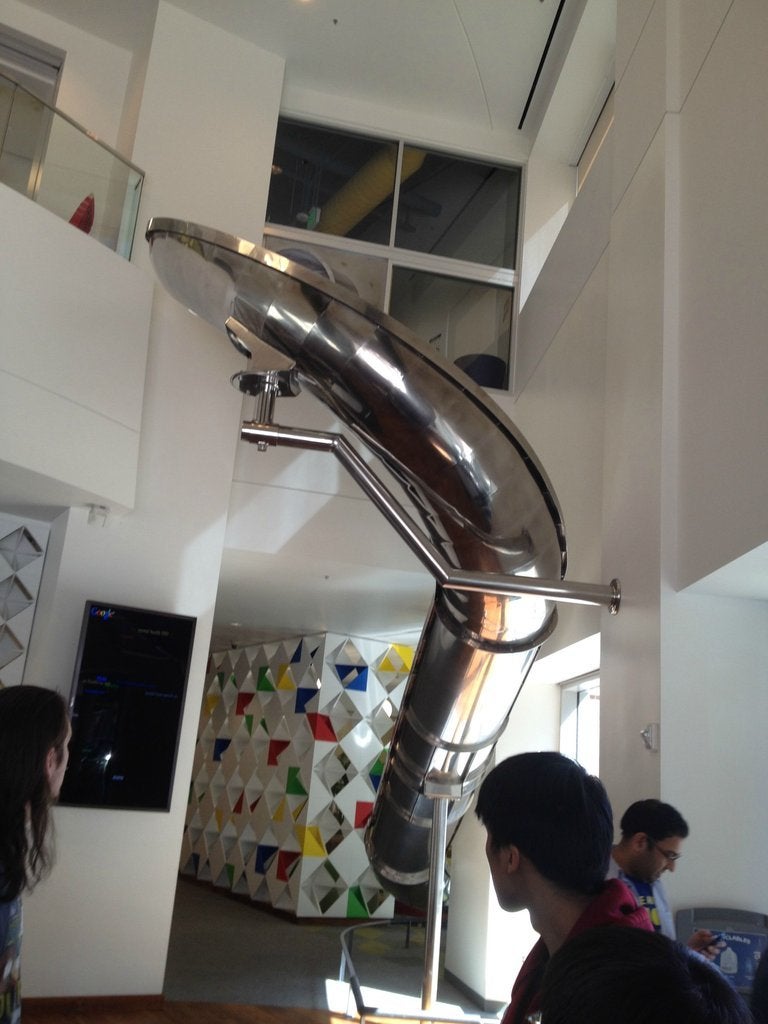
Plus, Google was the first big tech company to offer free meals to its employees. The Google cafeteria became the stuff of Silicon Valley legend.
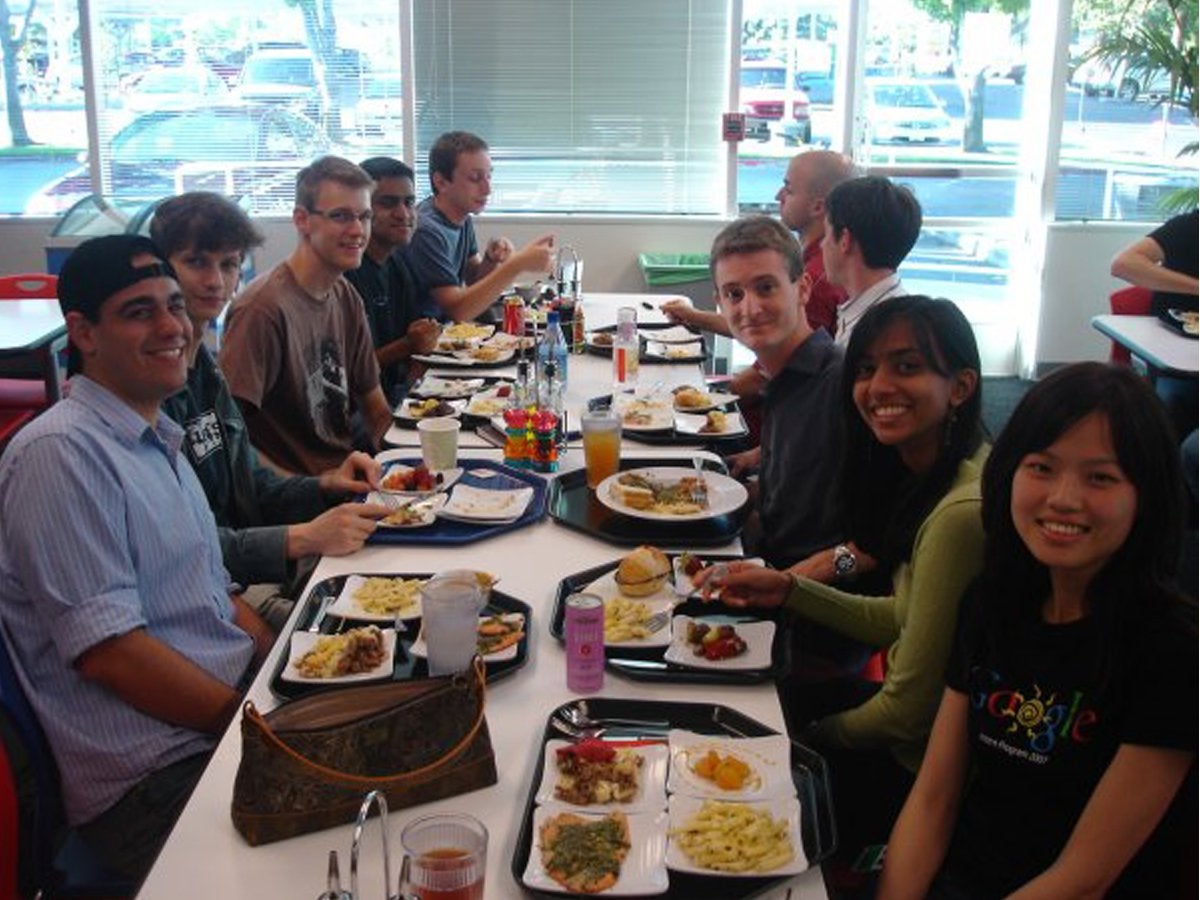
It also has a famous dinosaur statue often covered in flamingos. Google employee rumor holds that it's a reminder to its employees to not go extinct.
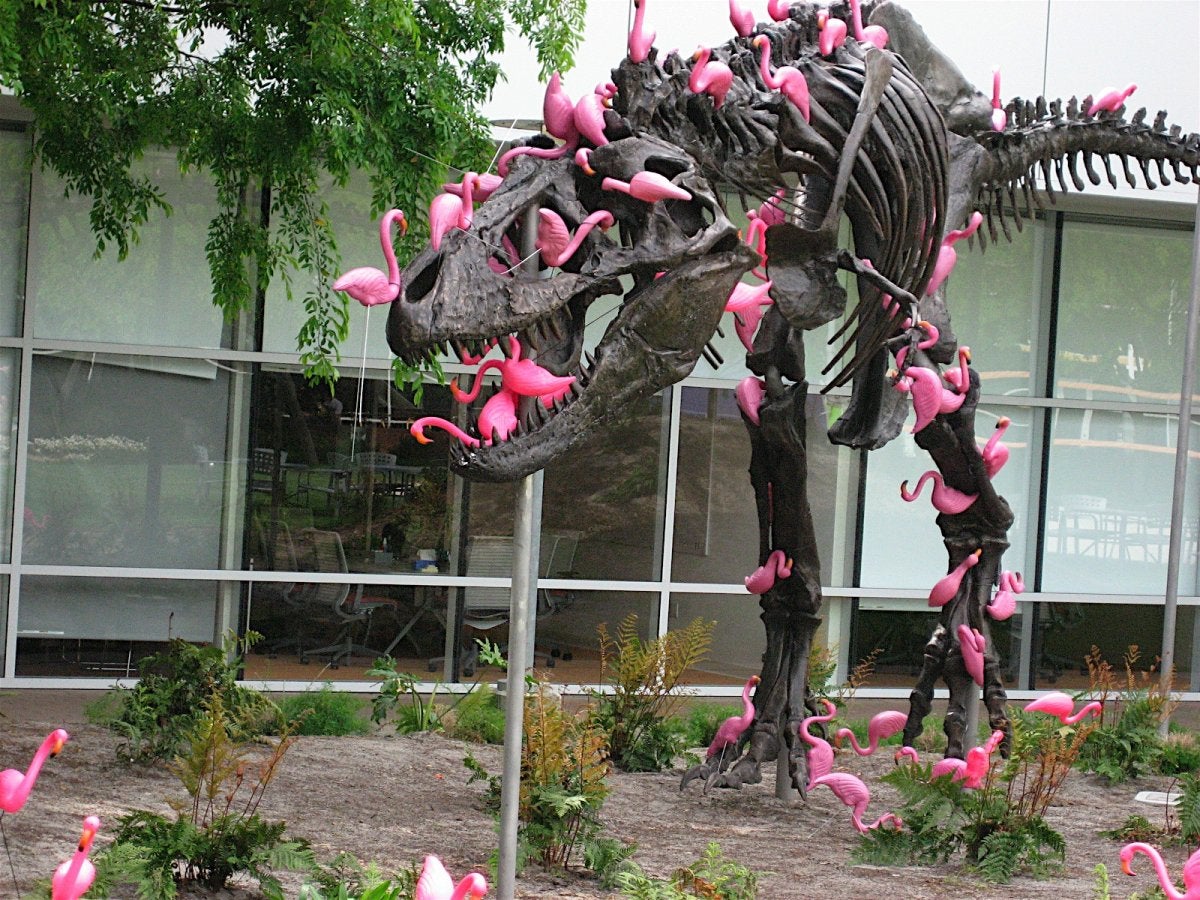
On August 19th, 2004, Google had its initial public offering on the stock market, priced at $85 per share. Today, a share in Google parent company Alphabet costs over $800.
On April 1st, 2004, Google announced a private beta for Gmail, an e-mail service. Because it was on April Fool's Day, the media and users all thought it was a prank at first.
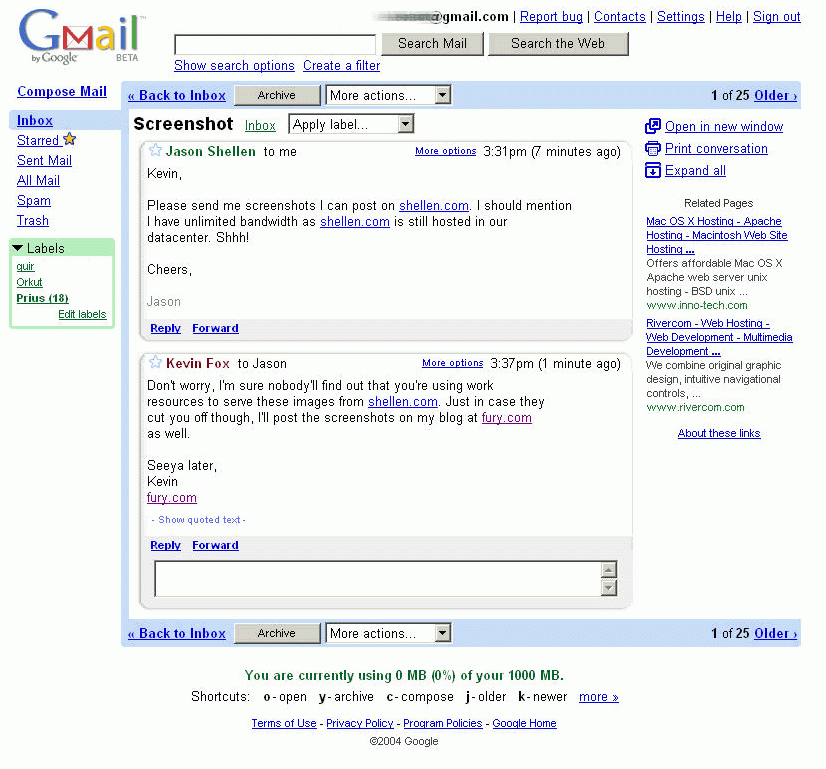
In fact, after the IPO, Google set its sights on expanding past the search engine. Google started gobbling up startups to launch new products like Google Docs and Google Maps, which are still around today.

In 2005, Google bought a tiny startup that was making an operating system for digital cameras. It was called Android and was led by Andy Rubin.
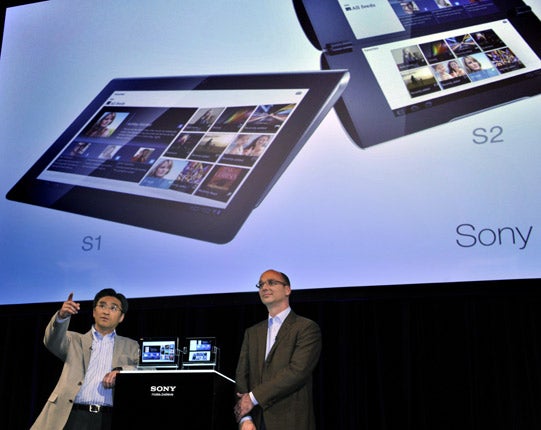
2006 also saw Google buy up YouTube, a brand-new video-sharing site that was founded by a bunch of ex-PayPal employees. Google paid $1.65 billion in stock for YouTube.

Google was getting bigger and bigger. In 2006, Google opened up its first wholly-owned and designed data center in The Dalles, Oregon, on the banks of the Columbia river.
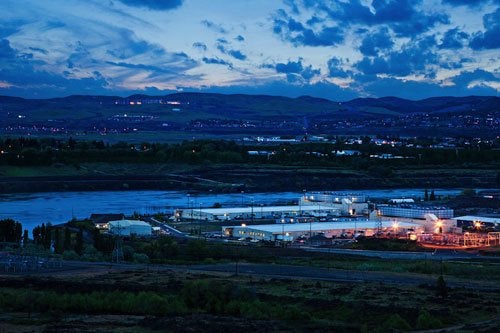
Google has a history of squeezing out incredibly high levels of efficiency from its data centers with inventive new designs — a history that started at that first Oregon site.
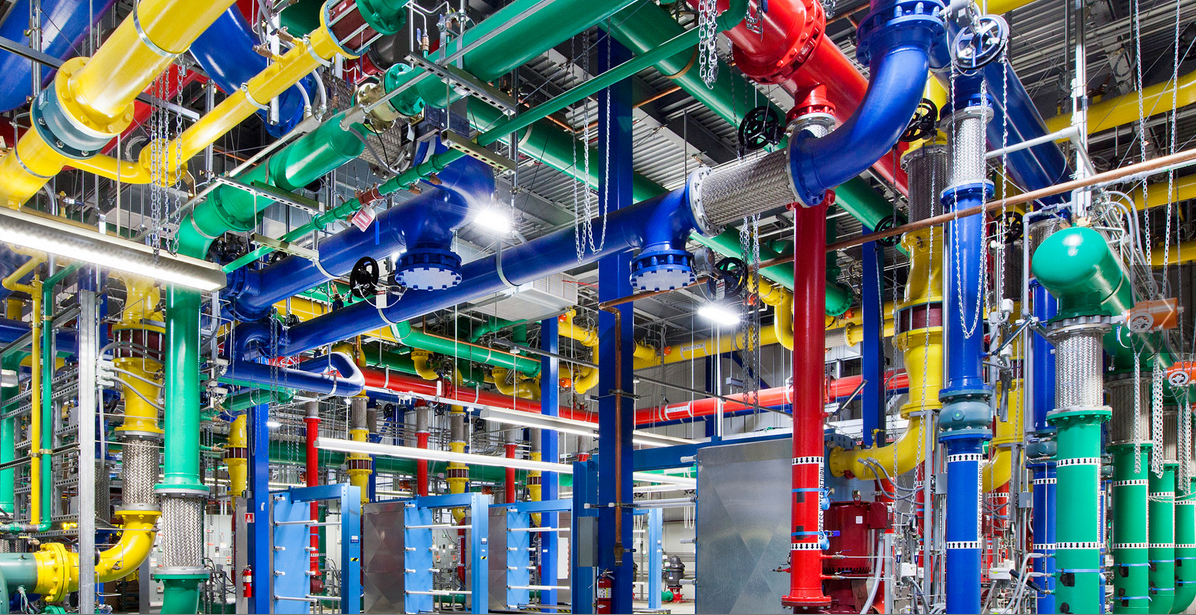
Google was so popular by this point that "Googling" had become an acceptable word for "searching the Internet." In June of 2006, the verb "google" was added to the Merriam-Webster Dictionary.
In 2008, the HTC Dream hit the market. It was the first-ever Android smartphone that consumers could buy. Today, Google Android is the most popular operating system on the planet.
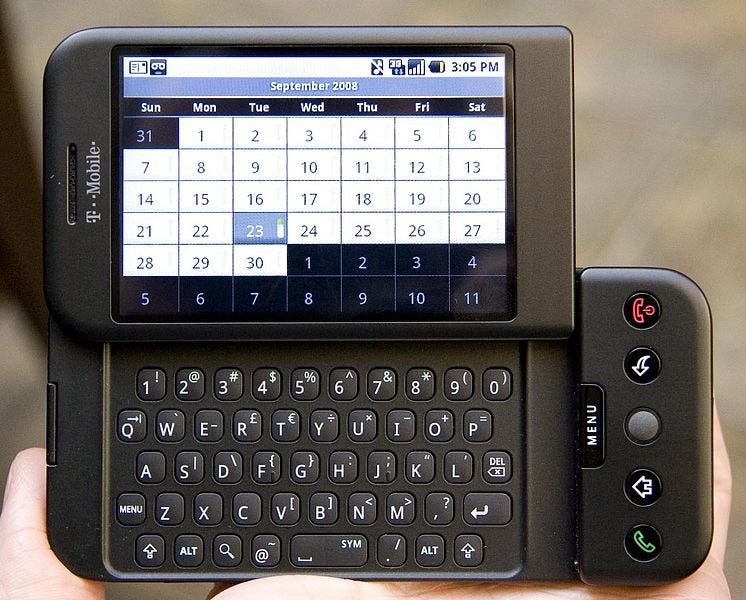
The year 2008 also saw Google introduce Google Chrome, a web browser that integrated tightly with Google's growing roster of web services. Google wanted to make sure that on every device, you keep using Google — and looking at Google ads.
In 2011, Schmidt stepped down as Google CEO, though he kept his title as executive chairman, and stuck around to advise Page and Brin. Larry Page became the new CEO of Google.
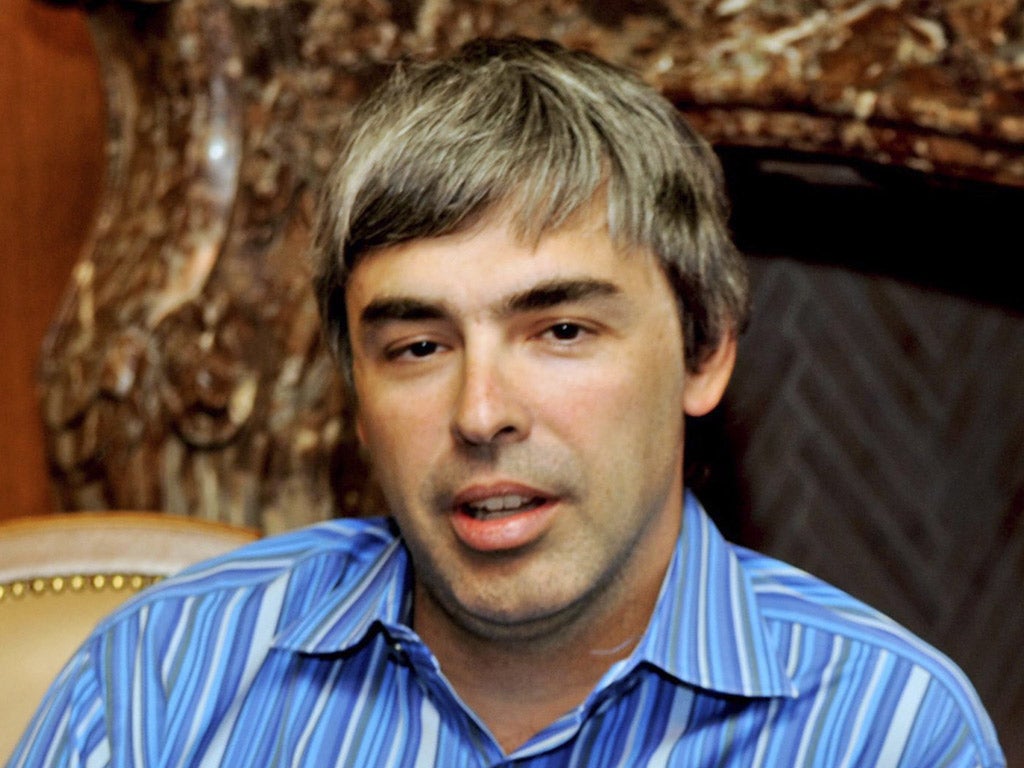
With its dominance in search all but locked down, the last few years have seen Page's Google focus on some crazy, next-generation ideas. In 2010, Google announced that it was working on driverless cars that didn't require a human to operate.
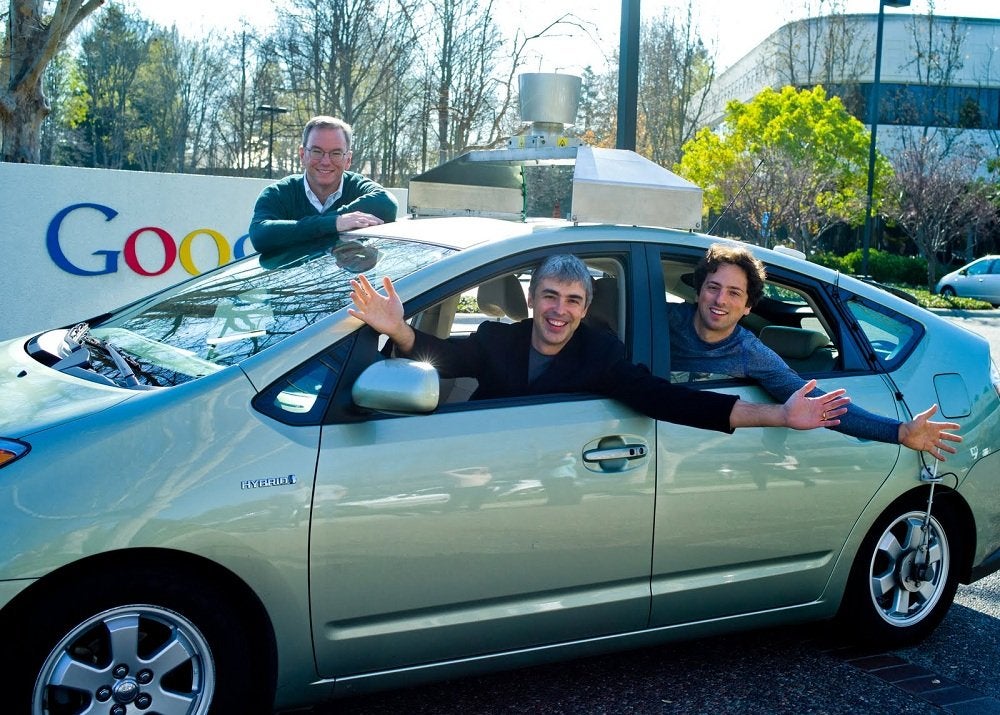
In 2012, Google announced Google Glass, a wearable computer that would present information in your field of vision. It didn't catch on the way people hoped, but it made an impact on the world.
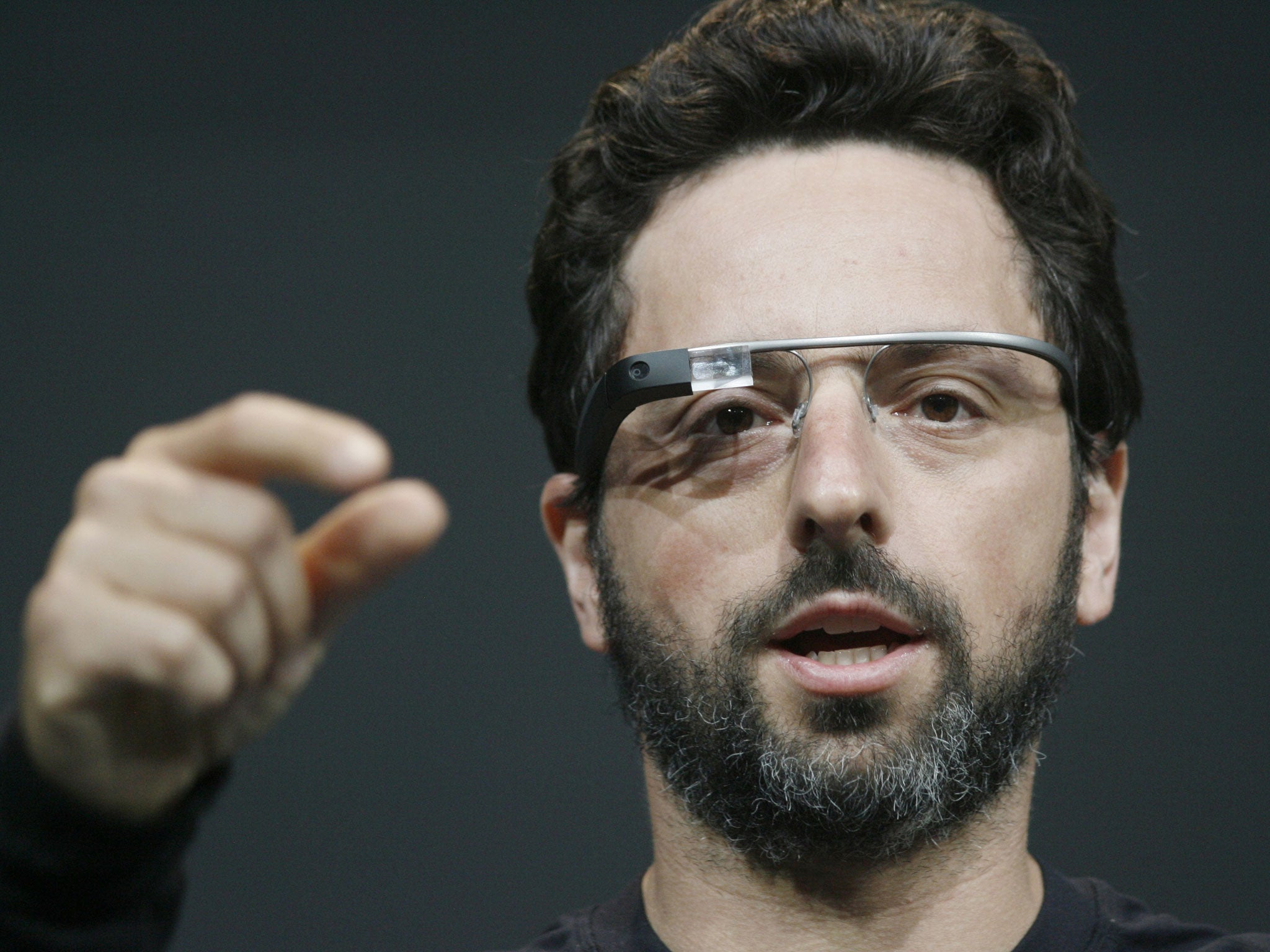
In fact, Google operates secret labs that are working on all kinds of nifty projects. This contact lens can measure the glucose level in the blood of diabetics.
Much more recently, Google shocked the world by completely shaking up its corporate structure. Brin, Page, and Schmidt turned Google into a wholly-owned subsidiary of Alphabet, a new parent company. Larry Page became the CEO of Alphabet.
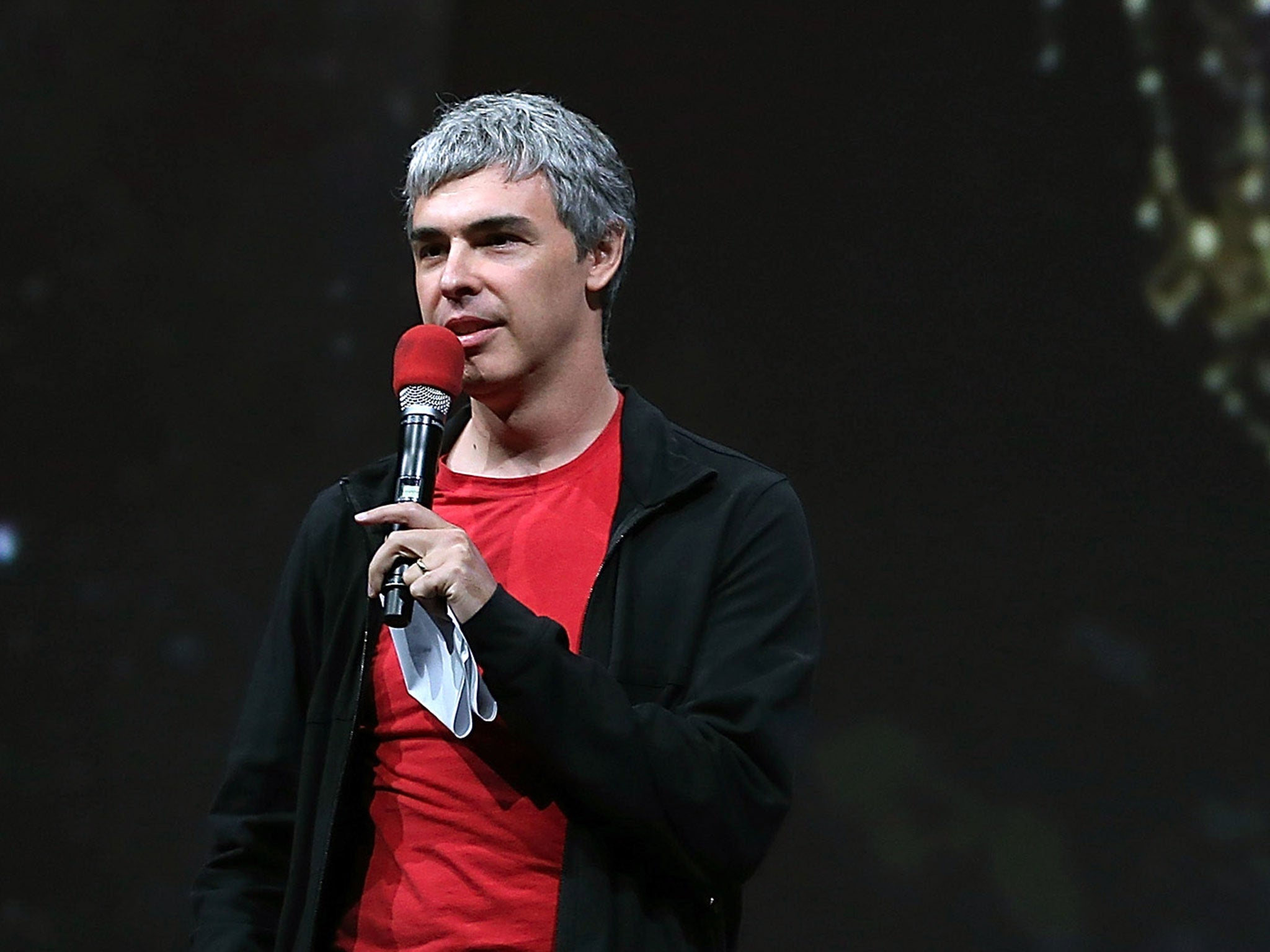
This leaves former Google Chrome head Sundar Pichai in charge of the whole company, guiding the future of the newly-formed Alphabet's most important and profitable businesses. Under Pichai, Google has made big moves into artificial intelligence. And the rest, as they say, is history.
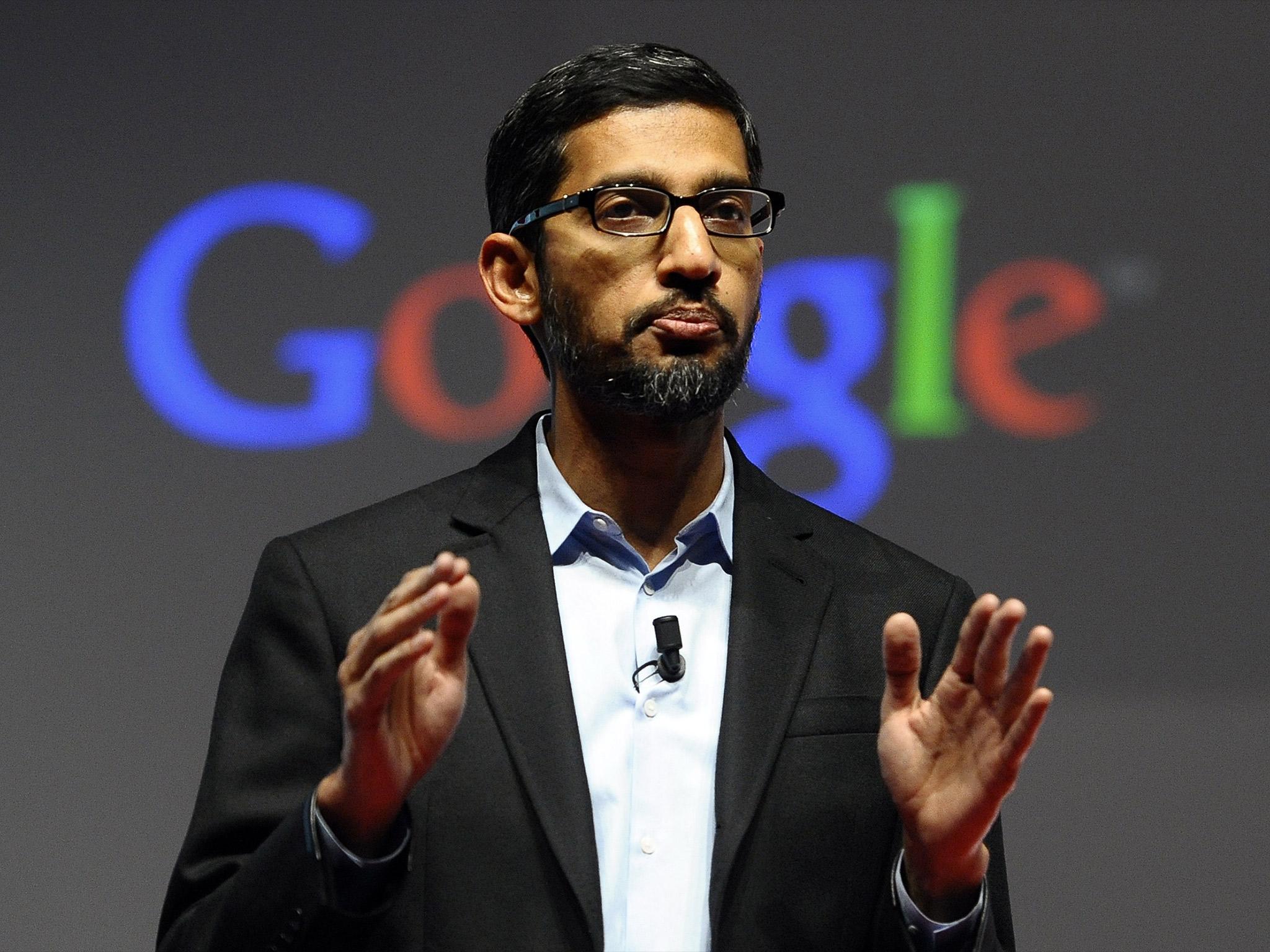
Read more:
• This chart is easy to interpret: It says we're screwed
• How Uber became the world's most valuable startup
• These 4 things could trigger the next crisis in Europe
Read the original article on Business Insider UK. © 2016. Follow Business Insider UK on Twitter.
Join our commenting forum
Join thought-provoking conversations, follow other Independent readers and see their replies
Comments
Bookmark popover
Removed from bookmarks